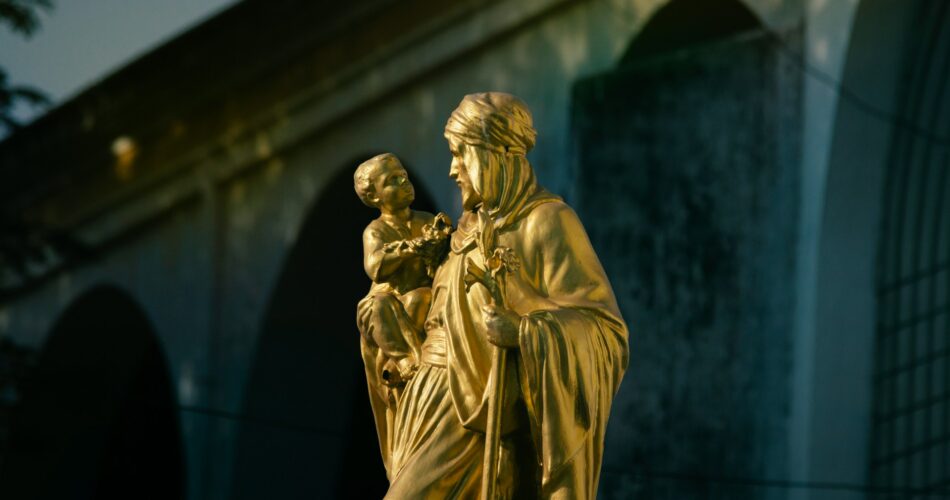Megachurch Forced To Close Over Insurance Crisis
The Meeting House, a prominent megachurch in Canada, has temporarily suspended its operations due to difficulties in securing essential insurance coverage. This decision comes over two years after former teaching pastor Bruxy Cavey resigned amid allegations of sexual misconduct. The church’s insurer has refused to renew its abuse liability and employment practices liability insurance, deeming the church a high-risk entity.
Church leaders communicated to congregants that despite their efforts to improve safety and prevent abuse, the historical incidents still influence how insurers perceive the church. They have been unable to find alternative insurance coverage despite reaching out to insurers both in Canada and internationally. This lack of coverage means that the church cannot financially protect itself against claims of abuse, which could potentially lead to significant financial strain.
Without the necessary insurance, The Meeting House will not hold in-person meetings throughout July. The leadership plans to use this time to reflect on the future direction of the church and seek guidance on the next steps. They acknowledge the difficulty of this pause but remain hopeful and committed to discerning God’s guidance for their community.
An independent investigation conducted in early 2022 confirmed that Bruxy Cavey had abused his power by engaging in a sexual relationship with a congregant, violating church policies. Cavey was arrested and charged with sexual assault. Further investigations revealed that three more former pastors were involved in numerous reports of sexual misconduct, highlighting deeper issues within the church’s leadership.

You didn’t even mention (or include as a possible answeer), the widely recognized father of cenobitic (communal) monasticism, Pachomius the Great. Before Pachomius there were only eremitic monastics. While it is true that eremitic monks, in some cases, lived within a relatively short distance from each other and did come together on occasion for mutual benefit, it was not until Pachomius responded to heavenly guidance to build a monastic community that shared a rule of life living in close community following a single spiroitual father that we see the pattern of the monastic community that we have come to see as the pattern we most commonly think of as Christian monasticism.
I should have mentioned that, through Pachomius, cenobitic monasticism appeared first in Egypt in the mid-fourth century.